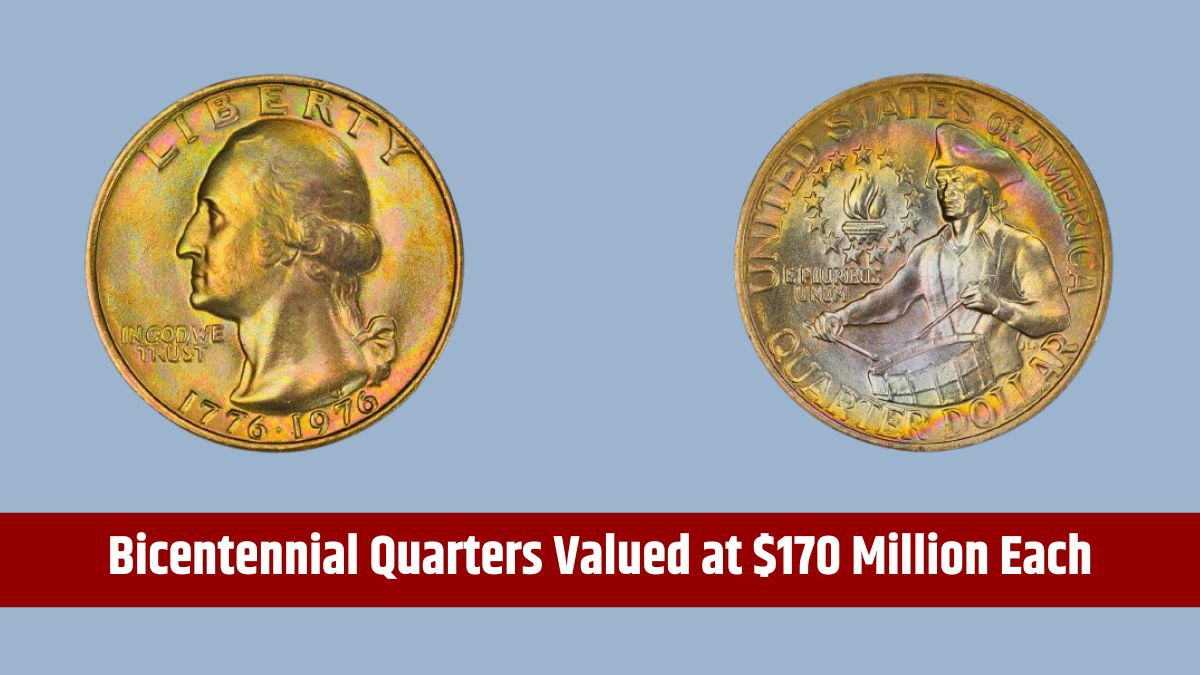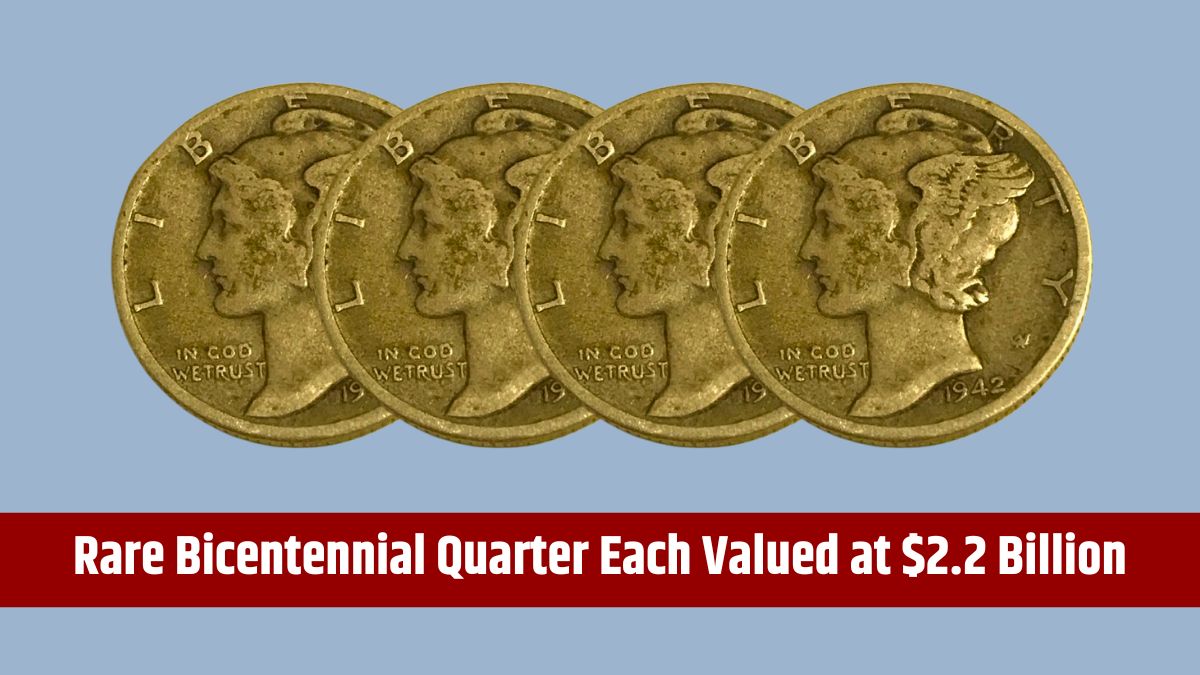As the new year approaches, the federal government has released essential updates on tax brackets, Social Security benefits, and other financial adjustments. The IRS has adjusted income tax brackets and deductions, while the Social Security Administration (SSA) has issued new cost-of-living adjustments (COLAs) to help offset inflation.
These changes will affect millions of Americans’ finances in 2025, from tax rates to benefits. Let’s look into what to expect in the coming year.
Tax Brackets
While the IRS hasn’t overhauled the tax system, there are notable adjustments in the taxable income brackets to reflect inflation. The top tax rate of 37% remains unchanged, applying to single filers earning over $626,350 and married couples filing jointly earning over $751,600. Here’s a breakdown of 2025 tax brackets:
Surviving Spouses
| Taxable Income Range | Tax Calculation |
|---|---|
| Under $23,850 | 10% |
| $23,850 to $96,950 | $2,385 + 12% of the excess over $23,850 |
| $96,950 to $206,700 | $11,157 + 22% of the excess over $96,950 |
| $206,700 to $394,600 | $35,302 + 24% of the excess over $206,700 |
| $394,600 to $501,050 | $80,398 + 32% of the excess over $394,600 |
| $501,050 to $751,600 | $114,462 + 35% of the excess over $501,050 |
| Over $751,600 | $202,154.50 + 37% of the excess over $751,600 |
Unmarried Individuals
| Taxable Income Range | Tax Calculation |
|---|---|
| Under $11,925 | 10% |
| $11,925 to $48,475 | $1,192.50 + 12% of the excess over $11,925 |
| $48,475 to $103,350 | $5,578.50 + 22% of the excess over $48,475 |
| $103,350 to $197,300 | $17,651 + 24% of the excess over $103,350 |
| $197,300 to $250,525 | $40,199 + 32% of the excess over $197,300 |
| $250,525 to $626,350 | $57,231 + 35% of the excess over $250,525 |
| Over $626,350 | $188,769.75 + 37% of the excess over $626,350 |
Real-Life Tax Example
Using New York’s 2022 median household income of $81,386 as taxable income for a couple filing jointly, their estimated federal tax would be approximately $9,289, based on the tiered tax formula.
Deductions and Credits
The standard deduction has increased in 2025:
- Single Filers and Married Individuals Filing Separately: $15,000 (up by $400)
- Married Couples Filing Jointly: $30,000 (up by $800)
These deductions reduce taxable income, potentially lowering tax obligations for most filers.
Earned Income Tax Credit (EITC)
The EITC also sees adjustments, designed to aid low- and moderate-income working individuals and families. Here’s the updated table for 2025:
| Qualifying Children | Earned Income Threshold | Maximum Credit | Married Filing Jointly Phaseout Start | Phaseout End |
|---|---|---|---|---|
| No children | $8,490 | $649 | $17,730 | $26,214 |
| 1 child | $12,730 | $4,328 | $30,470 | $57,554 |
| 2 children | $17,880 | $7,152 | $30,470 | $64,430 |
| 3+ children | $17,880 | $8,046 | $30,470 | $68,675 |
The phaseout amounts vary based on filing status, ensuring that families with higher earnings receive reduced credits.
Alternative Minimum Tax (AMT)
In 2025, AMT exemptions also increase:
- Single Filers: $88,100, with phase-outs beginning at $626,350
- Married Filing Jointly: $137,000, with phase-outs beginning at $1,252,700
The AMT targets high earners by ensuring they pay a minimum tax rate if their income qualifies, even after deductions.
Other Tax Adjustments
Additional notable tax changes for 2025 include:
- Annual Gift Exclusion: Rises to $19,000
- Adoption Credit: Capped at $17,280
- Foreign-Earned Income Exclusion: Increases to $130,000
- Estate Tax Exclusion: Increases to $13,990,000
These updates help taxpayers make the most of specific tax breaks and ensure that income limits reflect inflation.
Social Security Adjustments
The SSA’s 2025 COLA, based on a 2.5% cost-of-living increase, applies to Social Security, Supplemental Security Income (SSI), and disability benefits. This increase aims to help recipients cope with inflation.
Maximum Taxable Earnings and Income Limits
Other important Social Security changes include:
- Maximum Taxable Earnings: Increases by $7,500 to $176,100
- Earnings Limit for Workers Under Full Retirement Age: Rises to $23,400
- Earnings Limit for Those at Full Retirement Age: Grows from $59,520 to $62,160
These adjustments align Social Security contributions and benefits with inflation trends, ensuring that recipients benefit more from contributions over time.
Payroll Deduction Rates
The Social Security payroll tax rate will remain unchanged in 2025:
- Employees: 7.65%
- Self-Employed Individuals: 15.3%
These rates cover Social Security and Medicare, ensuring that contributions support future benefits without any immediate cost increase to employees or employers.
With these new tax and Social Security guidelines, Americans can better plan for 2025’s financial landscape, taking advantage of deductions, credits, and benefits to optimize their earnings and retirement contributions. These changes reflect the federal government’s commitment to adjusting for inflation, though the details may require taxpayers to review their annual finances closely.
FAQs
What are the new 2025 tax brackets?
Tax brackets have minor adjustments to reflect inflation; the top rate is still 37%.
How much is the 2025 standard deduction?
The standard deduction is $15,000 for individuals and $30,000 for married couples.
How does the 2025 EITC work?
It provides tax credits based on income and number of qualifying children.
What is the 2025 Social Security COLA?
A 2.5% increase applies to benefits in 2025 to match inflation.
Will payroll tax rates change in 2025?
No, they remain at 7.65% for employees and 15.3% for the self-employed.






















